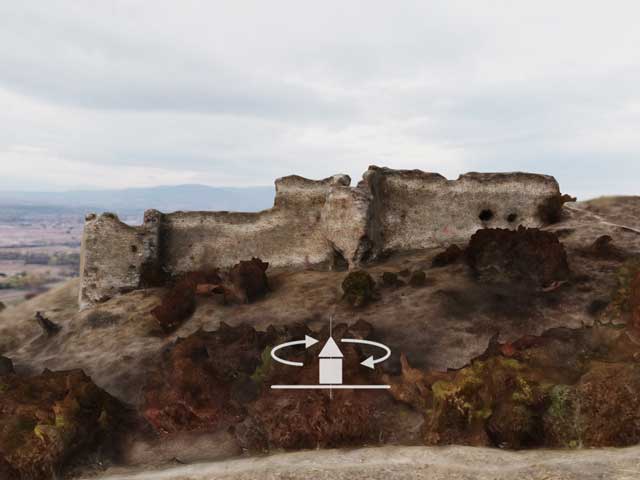KOPRIJAN (WHORE'S TOWN)
Protected cultural monument of great importance, listed as SK 205 with the Republic Institute for the protection of monuments of cultural heritage.
Koprijan(whore's town)Doljevac
Location
Medieval town Koprijan, also known as Whore's Town, is located on the slopes of Selicevica mountain, above South Morava, about 11 km south from Nis.
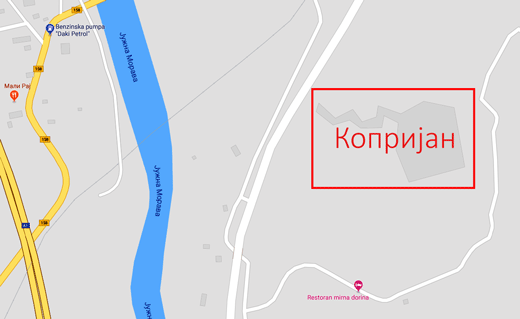
Research
During the archeological research in 1933, the foundations of a church built in Morava architectural style were discovered. The floor in the nartex was decorated with mosaics and in the other rooms with tiles of white marble and green stone.
The town itself is still unsuficciently researched.
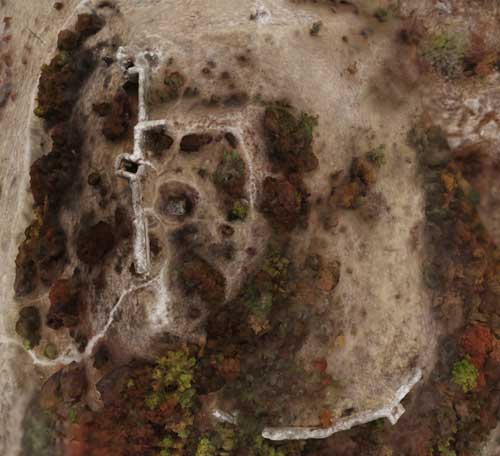
History
The town was built on the old foundations of an ancient fortification, during the times of the prince Lazar Hrebeljanovic. The inscription which the Turks brought to Nis fortress from Koprijan together with other construction material states that the town was built by Nenad, the son of kaznac Bogdan, in 1372. The inscription probably stood above one of the three town gates.
During the battles for the Turkish throne, Koprijan was taken and destroyed by Sultan Musa in 1413. Sultan Mehmed, after his victory, returned the town to despot Stefan Lazarevic.
It is not known when the town was deserted, but the XIX century saw it in ruins, as described by travel writer Ami Boué.
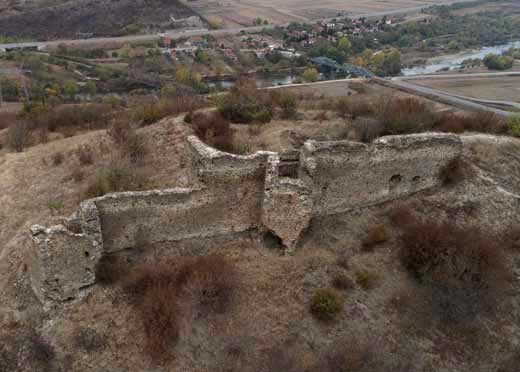
Description
The fortress is a rectangle in its base, with dimensions 80 x 50 m. The massive rampart surrounding the fortress was about ten meters high. It was built with grey and green stone blocks and red brick secondarily used from older, ancient buildings. There used to be five towers on the rampart, and the main gate was in the southeast end. The fortress was also completely surrounded by a defensive dry moat.
Above the town, on the highest part of the hill, along the eastern rampart, a small fortification with a keep was built above the main gate.
What remains today from the old fortress are the remnants of northern and eastern rampart with towers. The rampart of a small fortification can hardly be seen, and the keep collapsed.
The inside preserves the remains of a large water cistern as well as foundations of a church built in Morava architectural style.
Folk belief
One of the legends says that a certain wealthy lady who used to live in the city took a liking to a handsome monk from a nearby St. John monastery on the hill of Komnjiga. She allegedly came to him to pray, which turned out to be untrue. The story of a love affair between the lady and the monk started to spread, as well as the story of how she used to spread a cloth from her city to the church in order to pass the distance between the two at night. That is why the town was named Whore’s Town.
There is also an interpretation that the name came about during the Turkish conquests, since the invaders used to give derogatory names to Serbian towns.
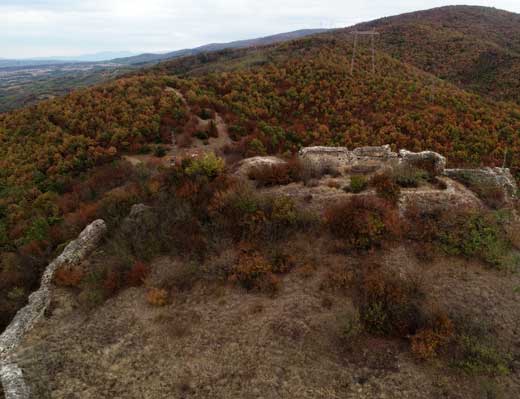
Julka Kuzmanović Cvetkovićarcheologist
